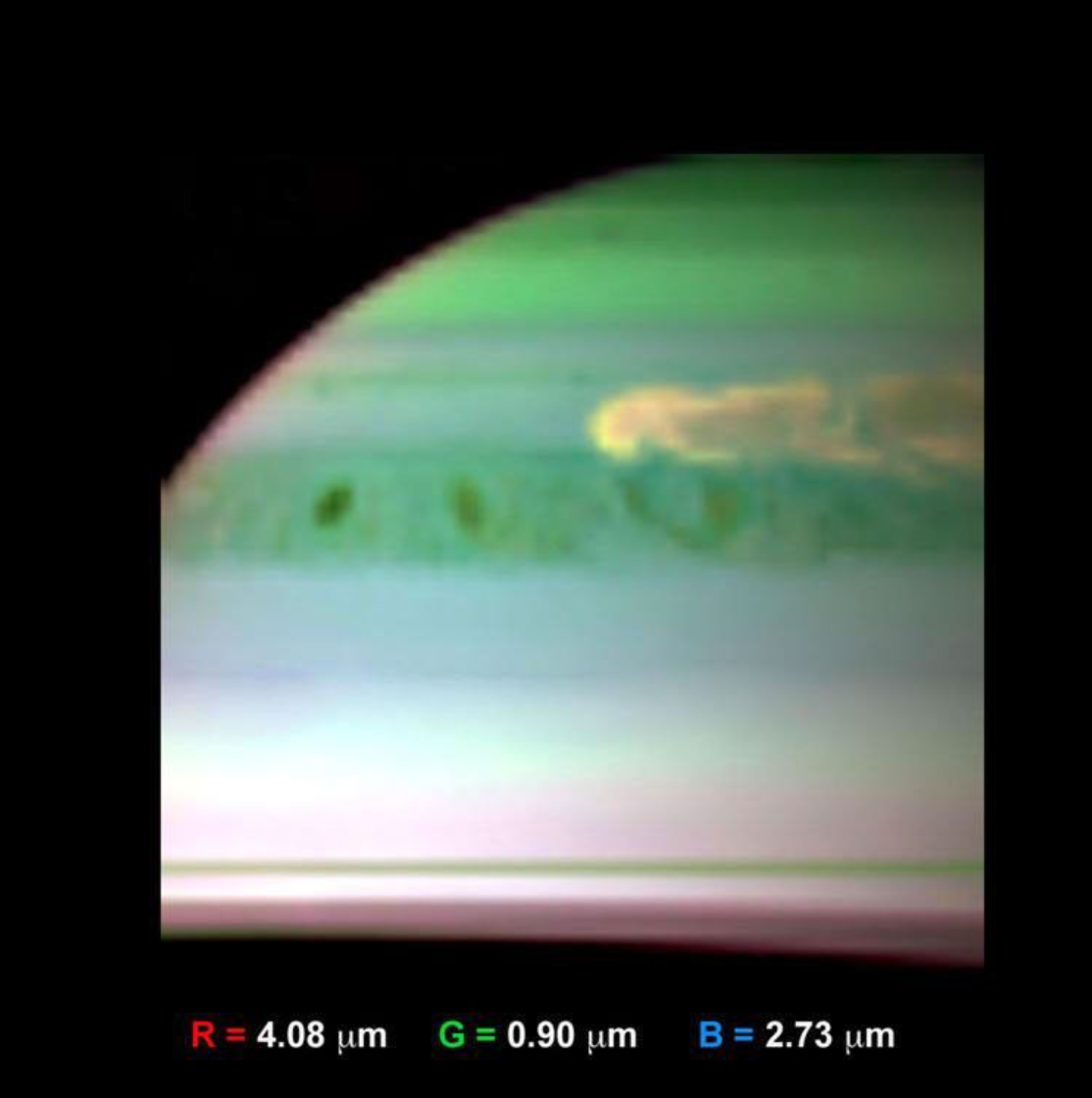#86 VVV
Following Ryland’s successful cylinder-retrieving EVA, he returns to the Hail Mary to investigate its contents. The moment he emerges from his Orlan suit, he’s hit with a strong odor that causes him to gasp and cough (“The cylinder is bad!” 07.128). He notes that the smell is familiar and after briefly associating it with cat pee, he realizes it’s ammonia.
Ammonia is a colorless gas consisting of nitrogen and hydrogen with the chemical formula NH₃. It occurs naturally as a metabolic waste product in biological systems; aquatic animals usually excrete ammonia into the water whereas many terrestrial organisms have developed strategies for converting ammonia into other forms such as uric acid.
Ryland grudgingly makes peace with the cylinder’s unpleasant ammonia smell, reflecting that, “Ammonia isn’t toxic—at least, not in small quantities. And the fact that I can still breathe at all tells me it’s a small quantity. If it weren’t, my lungs would have caustic burns and I’d be unconscious or dead now.” 07.133 Indeed, prolonged exposure to higher concentrations of ammonia can be extremely dangerous so it’s no wonder that Ryland is surprised to learn in chapter 10 that Rocky’s atmosphere is ammonia-based: “Yikes. You breathe ammonia?” 10.123
Ammonia makes up only a small portion of the atmosphere on Earth at any given time and is considered a trace gas, though Earth’s earliest atmosphere likely contained much more; the first ever detection of the compound in Earth’s upper troposphere was only announced in 2016. However, ammonia exists in a variety of forms elsewhere in our solar system.
The gorgeous, swirling cloud bands of Jupiter are largely thanks to the presence of ammonia, with ammonia ice crystals scattered throughout the upper layers of its atmosphere. Saturn’s uppermost atmosphere consists of ammonia clouds, while the second cloud deck contains ammonium hydrosulphide clouds. The following false-color infrared image obtained by NASA’s Cassini mission shows ammonia gas being dragged up from lower in Saturn’s atmosphere; the ammonia then crystalizes in the planet’s even chillier upper atmosphere:

Our own solar system doesn’t get to have all the ammonia fun. Ammonia was first detected in the interstellar medium in 1968 and continues to be helpful to our studies of interstellar space. As for the atmospheric concentration of ammonia on any hypothetically habitable planets in Rocky (and Spock— see #4)'s star system, we’ll simply have to use our imaginations... for now.
Ammonia! Of course it’s ammonia!
10.121